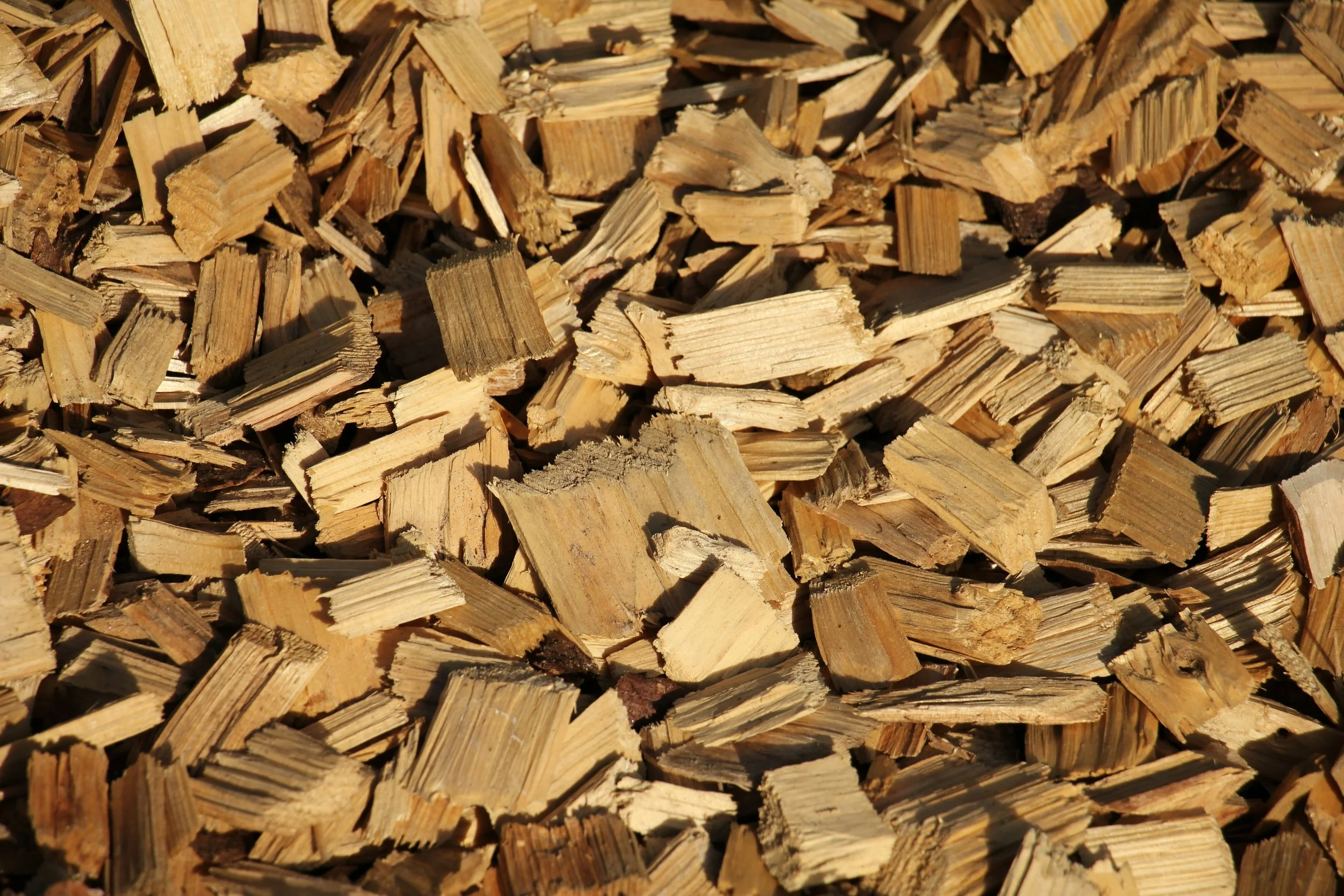Regenerated Cellulose Fibers: Rayon, Viscose, Modal and Lyocell
Sourcing Strategy, Risk Mitigation, and the Circular Supply Chain
Regenerated cellulose fibers occupy a unique space in the textile world. They all start from a natural source—wood pulp or other plant-based cellulose—but require an intensive chemical process to break down and reform the cellulose into fiber, making them semi-synthetic. The general term for this family of fibers is Rayon, which includes Viscose, Modal, and Lyocell.
While these fibers offer a silky drape and soft hand, their environmental and social impacts vary dramatically depending on production methods. Modern innovations are moving the industry beyond virgin wood toward textile recycling, agricultural waste, and alternative cellulose sources, closing the loop on material sourcing.
To understand the trajectory of regenerated cellulose fibers and make informed sourcing decisions, it helps to see how they’ve evolved—from early viscose to today’s circular, waste-based fibers.
1. The Conventional Foundation: Rayon and Viscose
Rayon is the oldest manufactured fiber, and Viscose remains the most common production method. This is where most supply chain risk originates.
Viscose (Rayon)
Fiber Profile: Soft, breathable, and highly absorbent.
Source: Virgin wood pulp.
Production: Relies on carbon disulfide, a highly toxic neurotoxin, in the standard viscose process.
Sustainability Profile: High risk—polluting, linked to deforestation, and hazardous to workers without strict safety measures.
Eco-Responsible Option
LENZING™ ECOVERO™: Certified viscose with >99% chemical recovery and sourcing from FSC/PEFC-certified forests. Enables brands to reduce risk exposure while maintaining viscose-like performance.
Key Consideration: Conventional viscose production creates operational and reputational risks if sourcing lacks chemical recovery, worker protections, and sustainable forestry. Brands must verify traceability and certification to mitigate these risks.
2. The Next Generation of Virgin Fibers
Second- and third-generation fibers were developed to improve environmental performance, fiber strength, and process efficiency while retaining the desirable qualities of rayon.
Modal: The Softer Evolution (Second-Gen Rayon)
Fiber Profile: Extra-soft, smooth, resilient; stronger and more dimensionally stable than standard viscose.
Source: Beech wood pulp.
Production: Modified viscose chemistry with high chemical recovery; sourced from certified forests.
Best Practice for Sourcing: TENCEL™ Modal by Lenzing—reliable traceability and sustainability compliance.
Lyocell: The Green Chemistry Leader (Third-Gen Rayon)
Fiber Profile: Strong, smooth, excellent moisture management.
Source: Eucalyptus wood.
Production: Uses non-toxic NMMO solvent in a >99% closed-loop system.
Sustainability Advantage: Virtually eliminates toxic discharge and minimizes water usage.
Best Practice: TENCEL™ Lyocell or Birla Excel™—preferred for brands seeking low-impact virgin cellulose fibers.
Cupro: The Silky Cotton Waste Fiber
Fiber Profile: Regenerated cellulose from cotton linter, offering a silky, breathable feel.
Source: By-product of cotton processing (cotton linters).
Production: Dissolved using copper and ammonia compounds; spun into fiber.
Sustainability Profile: Resource-intensive and chemically demanding. Only closed-loop, certified production mitigates social and environmental risk.
Best Practice: Look for Bemberg™ Cupro, which implements strict chemical recovery and wastewater management.
Brand Takeaway: Cupro offers circularity potential via cotton waste, but production risk and energy intensity must be evaluated carefully in supplier selection.
3. The Cutting Edge: Next-Generation Regenerated Cellulose
The highest level of RCF strategy involves integrating solutions that replace virgin pulp with textile or agricultural waste. These are critical for brands committed to science-based circular targets.
A. Recycling Textile Waste (Fiber-to-Fiber Circularity)
Circulose® (Renewcell): Converts post-consumer cotton textiles into dissolving pulp for new fibers.
NuCycl® (r-Lyocell): Closed-loop regeneration of garment waste into high-quality lyocell.
SaXcell: Dissolves cotton waste to produce cellulose pulp, spun via lyocell processes.
Osomtex®: Upcycles discarded textiles into yarns with zero water and no dyes (mechanically focused).
Implication for Brands: Fiber-to-fiber recycled cellulose enables traceable circular supply chains and reduces virgin wood dependence. Evaluate availability, quality consistency, and contamination risk when integrating into product lines.
B. Agricultural Waste & Tree-Free Cellulose
agrilose®: Converts crop residues (hemp, flax) into dissolving pulp.
Orange Fiber™: Citrus peel waste → silk-like fibers.
Nanollose (Nullarbor Fibre): Microbial cellulose production from organic waste; fully tree-free.
fibe and Reover: Programs advancing circular fibers from diverse waste inputs.
Implication for Brands: Alternative cellulose fibers diversify supply chains, reduce exposure to forestry risk, and support circular design strategies. Verify process transparency and chemical safety with suppliers.
C. Novel Production Methods & Functional Fibers
SPINNOVA®: Mechanical spinning, no chemical dissolution, closed-loop water/heat recovery.
Nyense™: Resource-efficient wet-spinning method with low environmental footprint.
smartcel™: Lyocell infused with zinc oxide, offering functional properties like antibacterial performance.
Brand Insight: Novel fibers and functional additives present value differentiation but require careful evaluation of cost, scale, and supplier readiness.
4. Strategic Sourcing Checklist
To ensure your brand's RCF sourcing aligns with circular economy goals and mitigates risk, prioritize these actions:
Mandate Forest Certification: Require FSC® or PEFC® for all virgin wood pulp and prioritize producers with a high Canopy Green Shirt Rating.
Demand Process Transparency: Verify chemical recovery rates and look for EU Ecolabel certification as proof of clean production standards.
Evaluate Capabilities: Assess supplier traceability, certifications, and proven closed-loop process capabilities before committing to any large orders.
Specify Next-Gen: Actively integrate TENCEL™, ECOVERO™, or recycled inputs like Circulose® to elevate product line sustainability and circularity claims.
Design for End-of-Life: Specify monomaterial RCF construction (e.g., 100% Lyocell) to ensure final-stage biodegradability or chemical recyclability.
Avoid Risk: Do not use unverified, generic rayon or viscose suppliers, as the risk of pollution and labor issues is high.
Takeaway for Supply Chains
Regenerated cellulose fibers offer both performance and essential circularity opportunities. However, a successful sourcing strategy must proactively account for process transparency, environmental footprint, and chemical risk to deliver verifiable sustainability.
